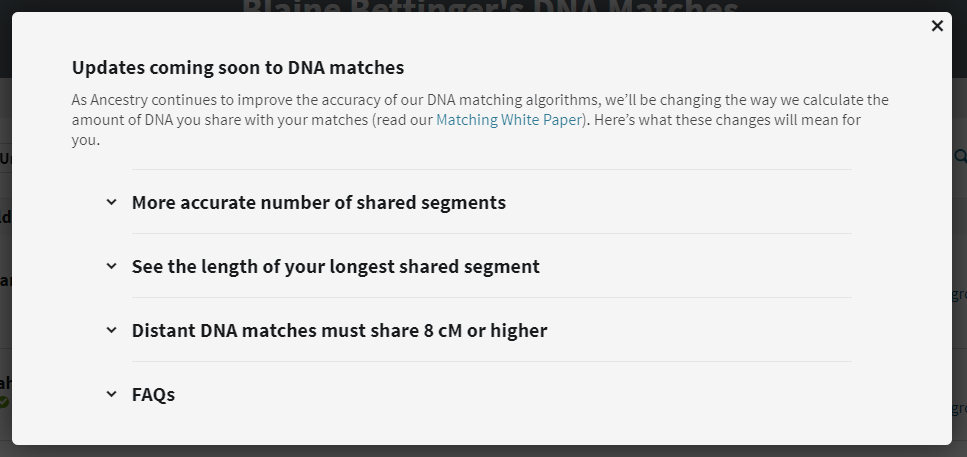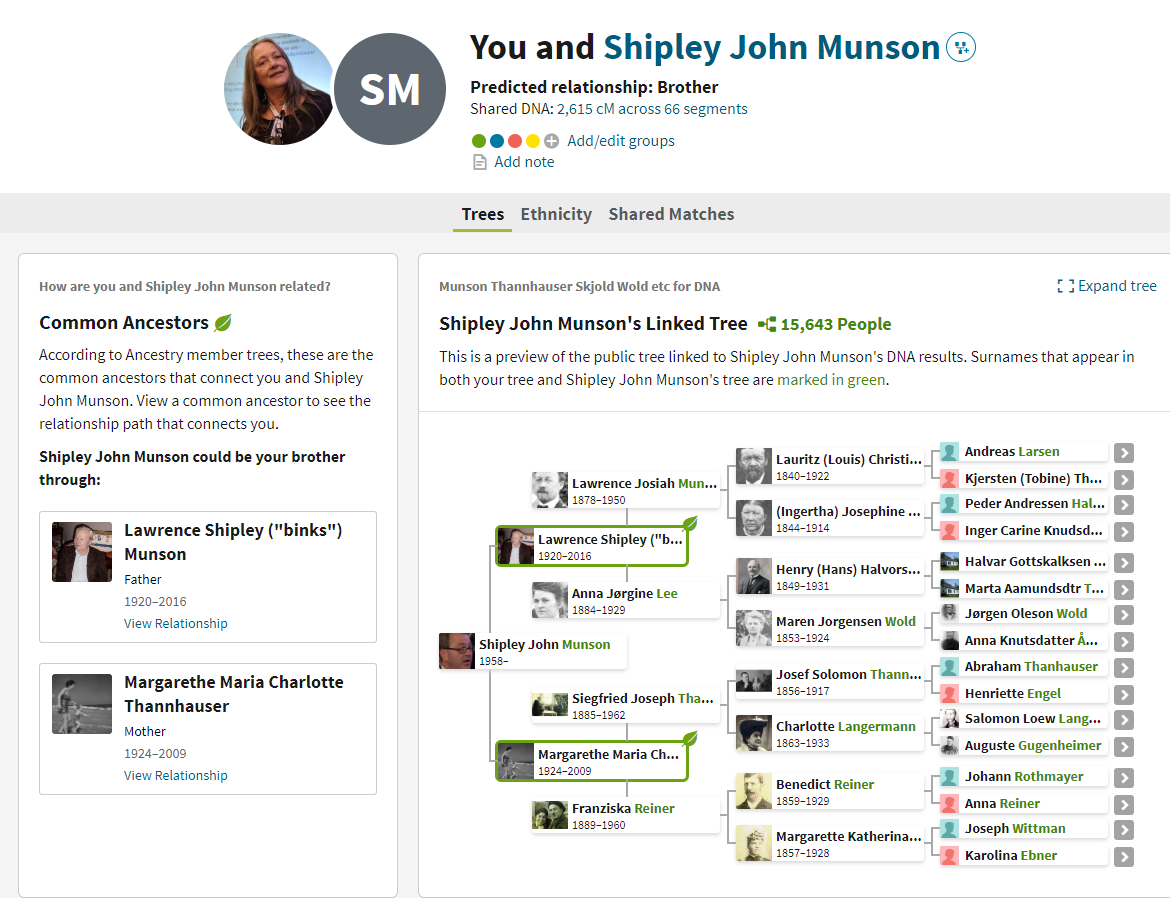
You share a common ancient ancestor with all the people who share your haplogroup. Your haplogroup is a collection of family lines you are connected to within your mtDNA. Males also receive the mtDNA from their mothers, but do not pass it on to their children, as the few mitochondria that power the sperm before it fertilizes the egg are dwarfed by the thousands of mitochondria in the egg. As our ancestors changed how they were living, from generations to generations, it created changes in the mtDNA – which is shown as branches of the mtDNA tree.Įach person on this planet receives their mtDNA from their mother, who received it from her mother, who in turn received it from her mother. Your mitochondria have their own DNA, which makes it possible to trace the motherlines of individuals across the world and see how they connect. Within each of your cells, you have thousands of mitochondria, structures which supply energy to the cell. Here is a simple explanation from Living DNA on Motherline We have some recommended some very good books on DNA.Īnother thing to also consider is Haplogroups. In this image below, They illustrate overlapping shared DNA between siblings, and what is not shared: A statistician could probably give us the exact odds, but all we really need to know is that probability favors about half of your randomly chosen jellybeans matching the ones that your sibling selected. When your parents conceive you, the DNA that you will randomly inherit from each parent is already programmed into the sperm and the egg. This is a very simplified example of the way that DNA inheritance works. How many matching jellybeans do you think you each got? The probability is that about 50% of your jellybeans were the same, and about 50% of them were different. Your sibling pours jellybeans from each container into their own jug.

Each jug has 7,000 jellybeans, and each jug represents DNA from each of your parents.

I knew they had to be related in some way, but could not prove it.

My children are both adopted and for several years I kept seeing the same names from my wife’s DNA as matches to my son. The charts below will help you to understand. In addition, cities like Naples, Florence, Venice, Milan were all important stops on trade routes as was Sicily.Īutosomal DNA tests trace back 10 generations, so to your 8th great grandparents or anywhere from 200 to 250 years.

Before then, it was conquered and ruled by many other countries. One thing we have to remember is that Italy was not united until the mid 19th Century. Ahh, there just made up anyway, somebody I know took the test and it said they where only 10% Italian, how can that be?Īll valid questions. But I know my grandparents came from Italy, how come I’m not 100% on my Italian DNA test? I know where I came from, why should I take a DNA test.


 0 kommentar(er)
0 kommentar(er)
